Postbiological evolution.
Shared with Dropbox.
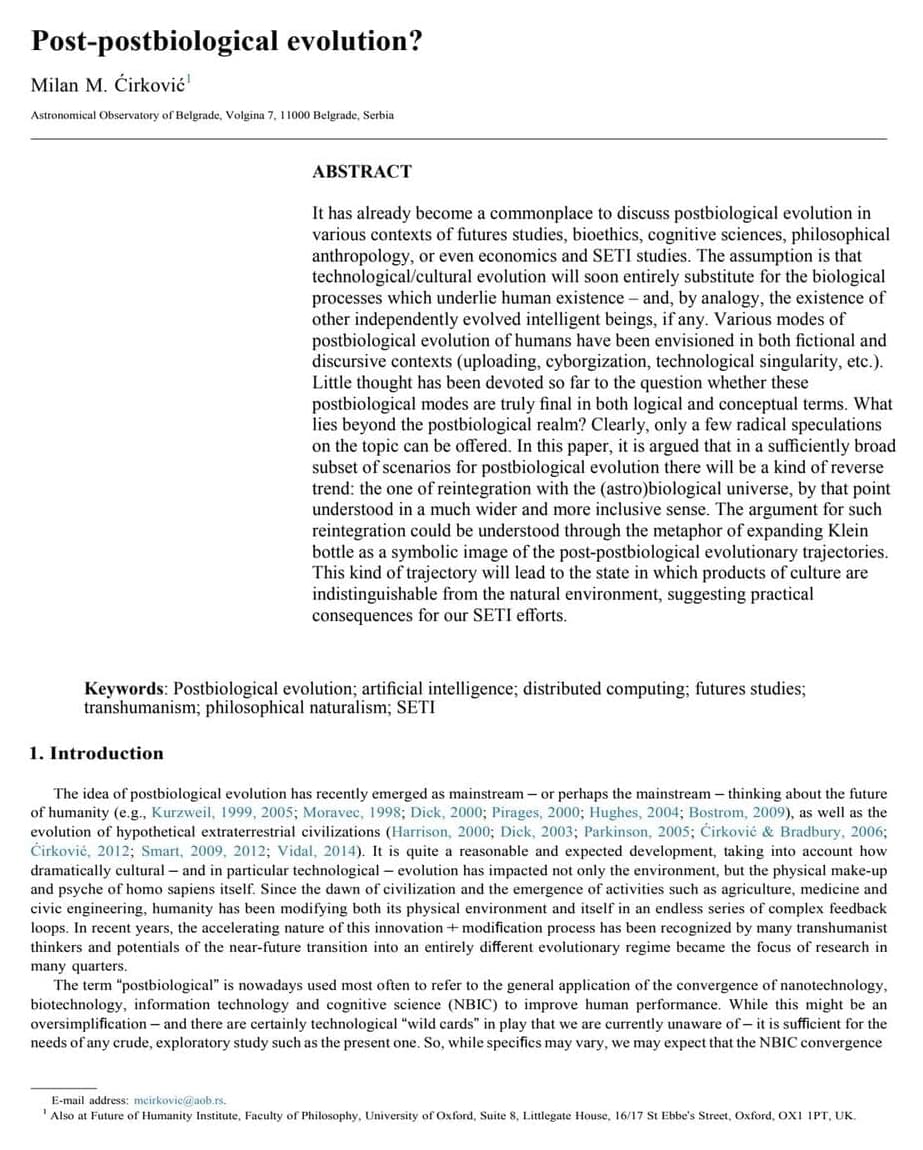
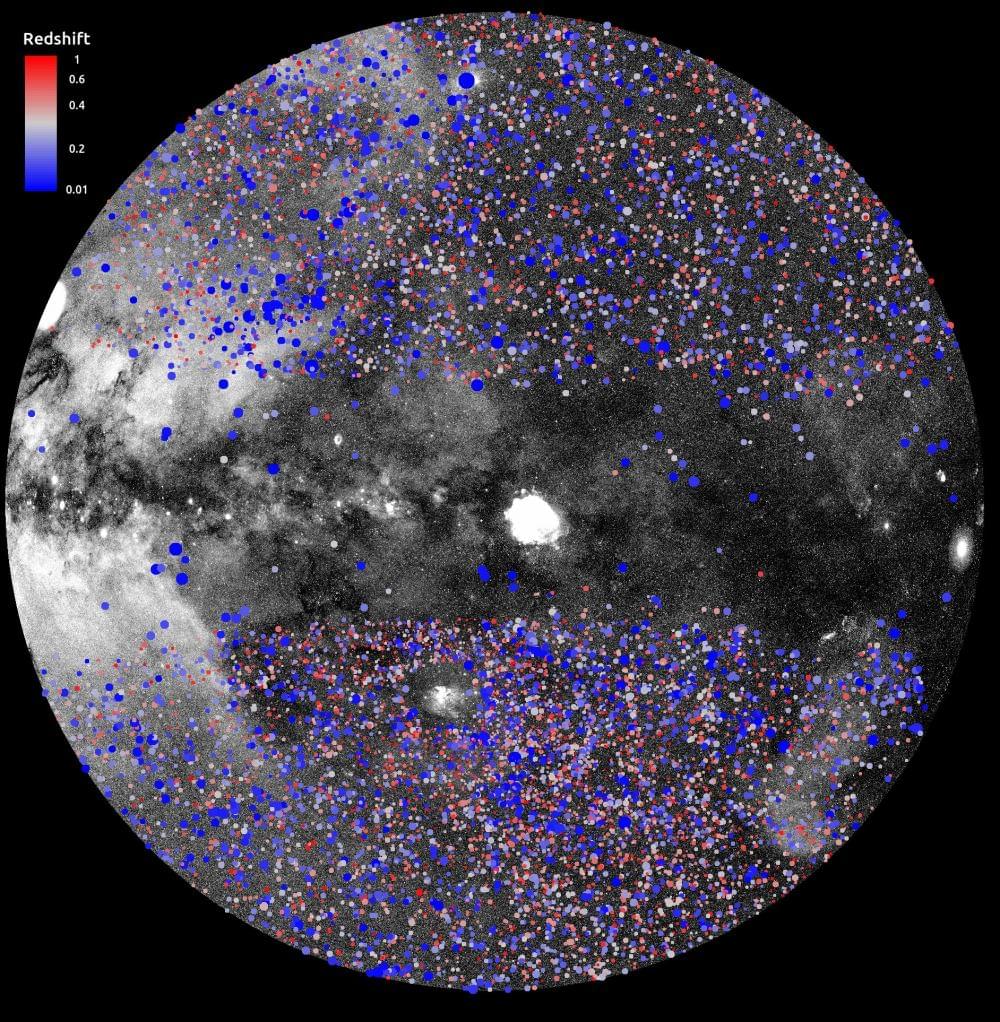
Cosmologists are wrestling with an interesting question: how much clumpiness does the Universe have? There are competing but not compatible measurements of cosmic clumpiness and that introduces a “tension” between the differing measurements. It involves the amount and distribution of matter in the Universe. However, dark energy and neutrinos are also in the mix. Now, results from a recent large X-ray survey of galaxy clusters may help “ease the tension”
The eROSITA X-ray instrument orbiting beyond Earth performed an extensive sky survey of galaxy clusters to measure matter distribution (clumpiness) in the Universe. Scientists at the Max Planck Institute for Extraterrestrial Physics recently shared their analysis of its cosmologically important data.
“eROSITA has now brought cluster evolution measurement as a tool for precision cosmology to the next level,” said Dr. Esra Bulbul (MPE), the lead scientist for eROSITA’s clusters and cosmology team. “The cosmological parameters that we measure from galaxy clusters are consistent with state-of-the-art cosmic microwave background, showing that the same cosmological model holds from soon after the Big Bang to today.”

University of Melbourne researchers are leading a new push to address the growing harm of antimicrobial resistance (AMR) as more humans and animals become seriously ill or die from infections that medicine once treated easily.
Over-use and misuse of microbe-killing drugs – including antibiotics, antivirals and antifungals – is the main driver accelerating the evolution of resistance to these drugs in bacteria, viruses, fungi and parasites around the world.
The World Health Organisation calls AMR a top global public health threat that was directly responsible for 1.27 million deaths and contributed to 4.95 million deaths in 2019.
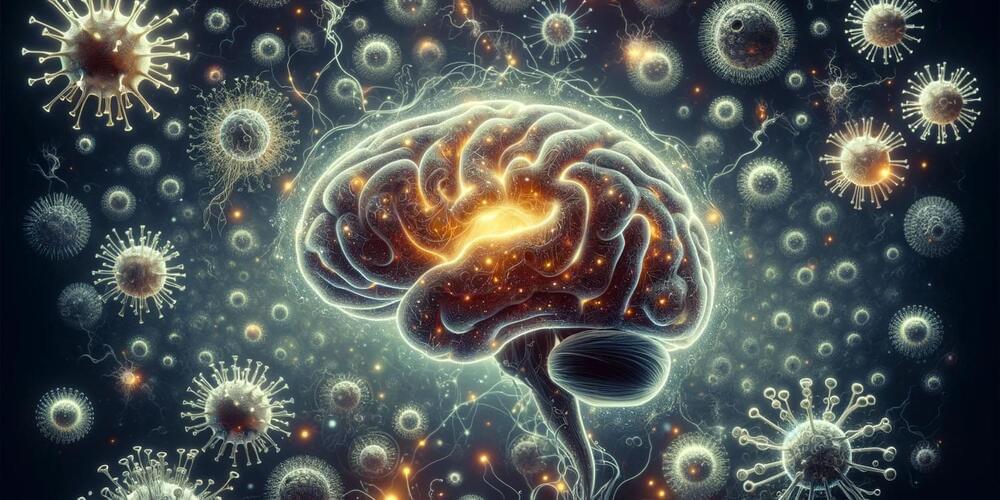
Scentists have uncovered a fascinating link between ancient viruses and the development of myelination, the biological process crucial for the advanced functioning of the nervous system in vertebrates, including humans.
Scientists discovered a gene, ‘RetroMyelin,’ from ancient viruses, essential for myelination in vertebrates, suggesting viral sequences in early vertebrate genomes were pivotal for developing complex brains. This breakthrough in Cell unravels how myelination evolved, highlighting its significance in vertebrate diversity.
NB Whilst claims of logical possibility intended to support reality claims (such as Swinburne’s proposal of disembodied existence) become subject to constraints of reality, those not intended to support any reality claim need not be subject to such constraints.
Selected Resources (see also part 1):
Churchland, P — Brain-Wise: Studies in Neurophilosophy (2002)
Swinburne, R — Evolution of the soul (1986)
Swinburne, R — Interview with Science and Religion News (2006)
Valentine, E — Conceptual Issues in Psychology (1992)
Velmans, M — Understanding Consciousness (2000)
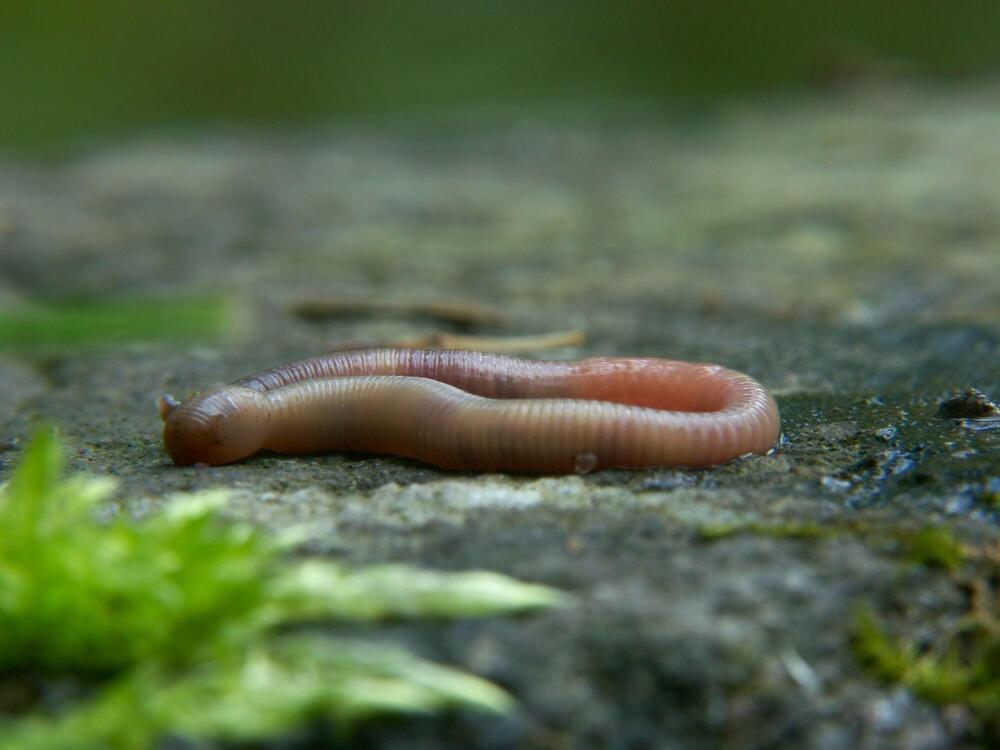
An alien invasion capable of triggering catastrophic changes is underway across North America. At least 70 imported earthworm species have colonized the continent, and represent a largely overlooked threat to native ecosystems, according to a new study by researchers at Stanford University, Sorbonne University, and other institutions.
The analysis, recently published in the journal Nature Ecology & Evolution, provides the largest-ever database of such earthworms and warns of the need to better understand and manage the invaders in our midst.
“Earthworms tell the story of the Anthropocene, the age we live in,” said study senior author Elizabeth Hadly, the Paul S. and Billie Achilles Professor in Environmental Biology in the Stanford School of Humanities and Sciences. “It is a story of global homogenization of biodiversity by humans, which often leads to the decline of unique local species and the disruption of native ecosystem processes.”
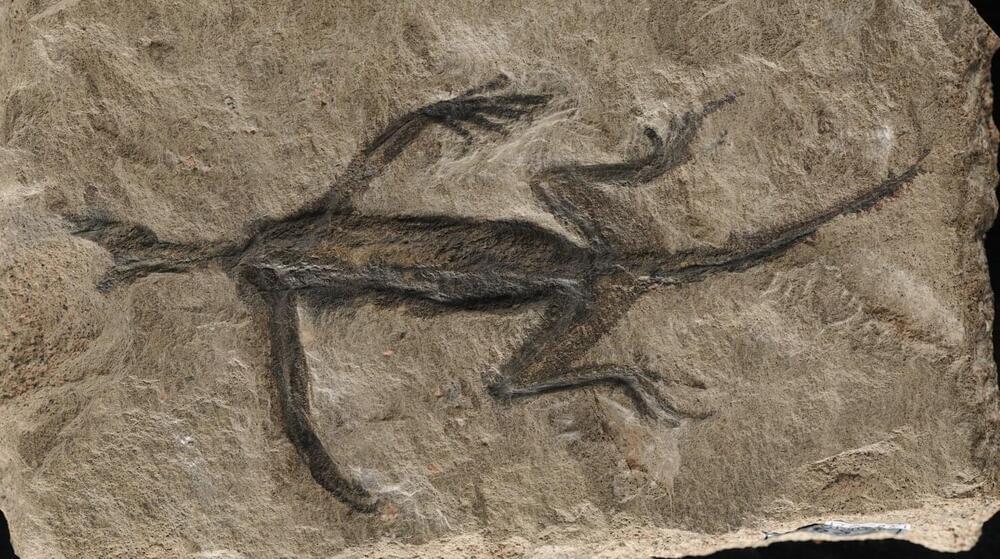
A 280-million-year-old fossil that has baffled researchers for decades has been shown to be—in part—a forgery, following new examination of the remnants.
The discovery has led the team, headed by Dr. Valentina Rossi of University College Cork, Ireland (UCC) to urge caution in how the fossil is used in future research.
Tridentinosaurus antiquus was discovered in the Italian Alps in 1931 and was thought to be an important specimen for understanding early reptile evolution. Its body outline, appearing dark against the surrounding rock, was initially interpreted as preserved soft tissues. This led to its classification as a member of the reptile group Protorosauria.
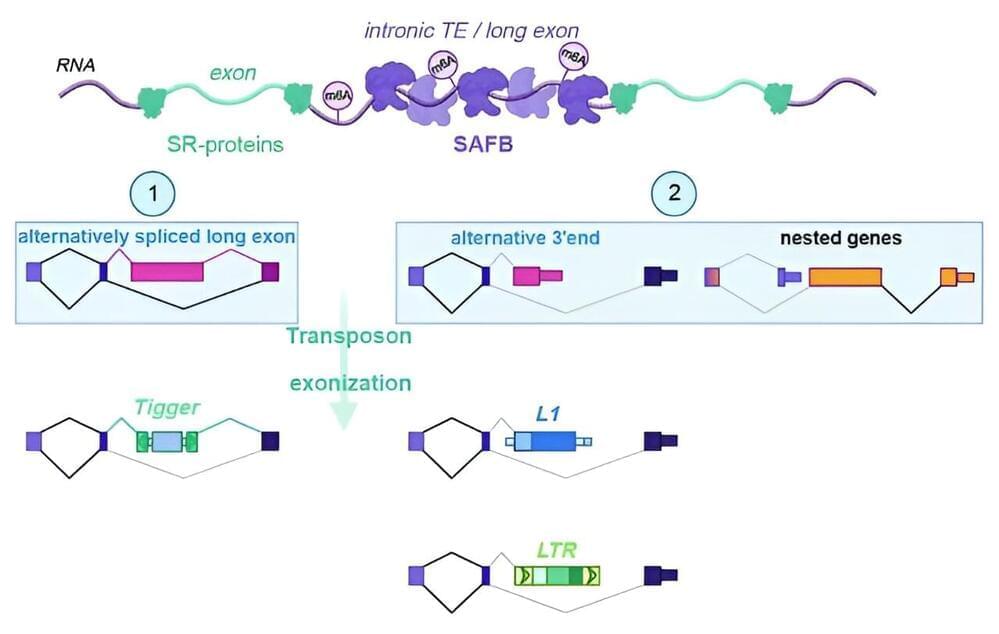
Transposable elements are mobile genetic elements that can relocate within the genome and disrupt the normal function of genes, but are at the same time a source of evolutionary diversity. The lab of Tugce Aktas at the Max Planck Institute for Molecular Genetics has identified a novel pathway that keeps the activity of transposons in somatic cells in check after they have been transcribed.
Their findings have now been published in Nature. The work is a collaboration with the labs of Zachary D. Smith at the Yale Stem Cell Center, U.S., and Franz-Josef Müller from the Universitätsklinikum Schleswig-Holstein, Germany.
Over the course of evolution, the genomes of many organisms have become cluttered with ancient genetic remnants from evolution or parts of retroviruses that inserted their genetic code millions of years ago. Nearly half of the human genome consists of these transposable elements, or transposons.
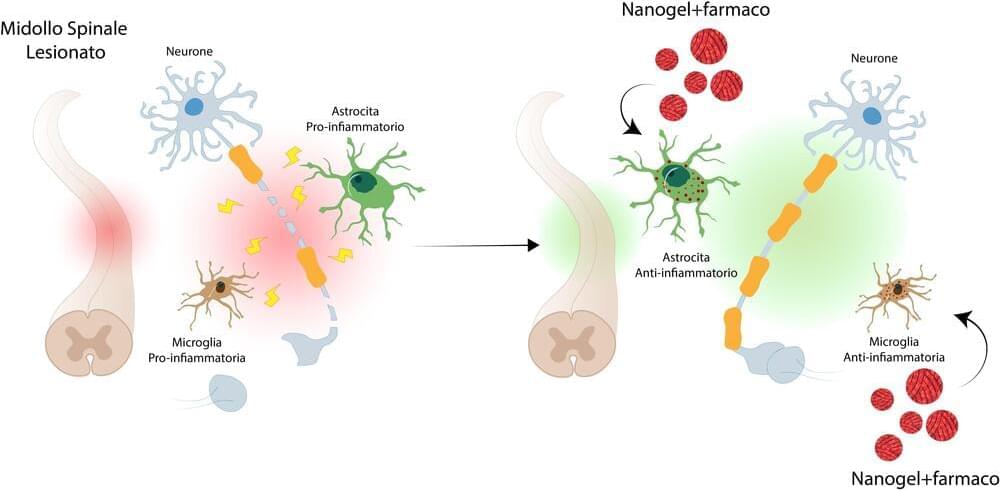
In a study published in Advanced Materials, researchers have demonstrated that an innovative nano-vector (nanogel), which they developed, is able to deliver anti-inflammatory drugs in a targeted manner into glial cells actively involved in the evolution of spinal cord injury, a condition that leads to paraplegia or quadriplegia.
Treatments currently available to modulate the inflammatory response mediated by the component that controls the brain’s internal environment after acute spinal cord injury showed limited efficacy. This is also due to the lack of a therapeutic approach that can selectively act on microglial and astrocytic cells.
The nanovectors developed by Politecnico di Milano, called nanogels, consist of polymers that can bind to specific target molecules. In this case, the nanogels were designed to bind to glial cells, which are crucial in the inflammatory response following acute spinal cord injury. The collaboration between Istituto di Ricerche Farmacologiche Mario Negri IRCCS and Politecnico di Milano showed that nanogels, loaded with a drug with anti-inflammatory action (rolipram), were able to convert glial cells from a damaging to a protective state, actively contributing to the recovery of injured tissue.
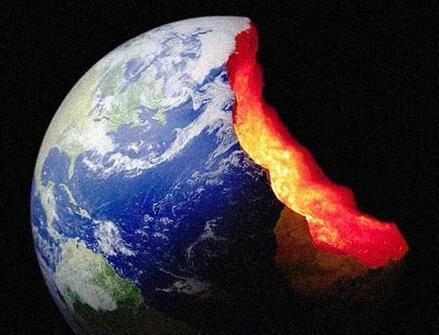
According to new research, the core of the Earth is cooling much faster and sooner than originally anticipated — a new mystery that could throw a wrench in our understanding of the planet’s evolution.
To get a better sense of how far along the Earth is in the process, scientists are studying the thermal conductivity of the minerals present in the layer between the planet’s core and mantle. The faster that hot center passes heat to the planet’s outer layers, the faster the Earth is losing the heat present in its core.
In a lab simulation, a team of researchers from ETH Zurich in Switzerland and the Carnegie Institution for Science applied immense amounts of pressure and heat to a mineral called bridgmanite — which is found in the transitional zone between the core and mantle — to simulate the conditions deep below the surface. They then measured its thermal conductivity to get a better sense of the cooling processes at play.